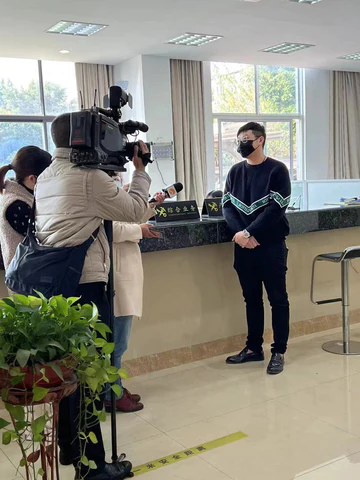Chuangxing issued the first RECP certificate of origin in Quanzhou
At 9 am on January 1, 2022, Fujian Chuangxing Ocean Sci-tech Co., Ltd. directly printed the first export RCEP certificate of origin approved by Quanzhou Customs through the “International Trade Single Window”. The importer reduction and exemption of 66,000 US dollars marks the successful implementation of the “Regional Comprehensive Economic Partnership Agreement”(RCEP) in Quanzhou Customs District, which will bring new opportunities and challenges to the development of Quanzhou enterprises and help Quanzhou’s high-quality foreign trade development.
“Thanks to the convenient and efficient service of Quanzhou Customs, which allowed our company to apply for the RCEP certificate of origin at the first time, fully enjoy the preferential tariffs, and bring a competitive advantage. We have more confidence in exploring the international market.”- by Fujian Chuangxing Ocean Technology Co., Ltd. Director Hong.


Quanzhou TV Interview Director-HONG
(RCEP) is currently the largest free trade agreement in the world. Its members include China, Japan, South Korea, Australia, New Zealand and 10 ASEAN countries. The total population, economic volume and total trade volume of the 15 member countries account for about 30% of the global total. The 10 member countries that implemented this time are China, Japan, New Zealand, Australia, Brunei, Cambodia, Laos, Singapore, Thailand, and Vietnam, and other countries are also promoting implementation. After the agreement takes effect, the member states will immediately reduce taxes in accordance with the provisions of the agreement, and fulfill their commitments to opening up services and investment. More than 90% of the trade in goods in the region will eventually achieve zero tariffs.
The implementation of the RCEP agreement will effectively promote intra-regional trade, enhance regional economic vitality, expand China’s export market space, meet domestic import consumption needs, and provide effective support for building a new pattern of dual-cycle development.

